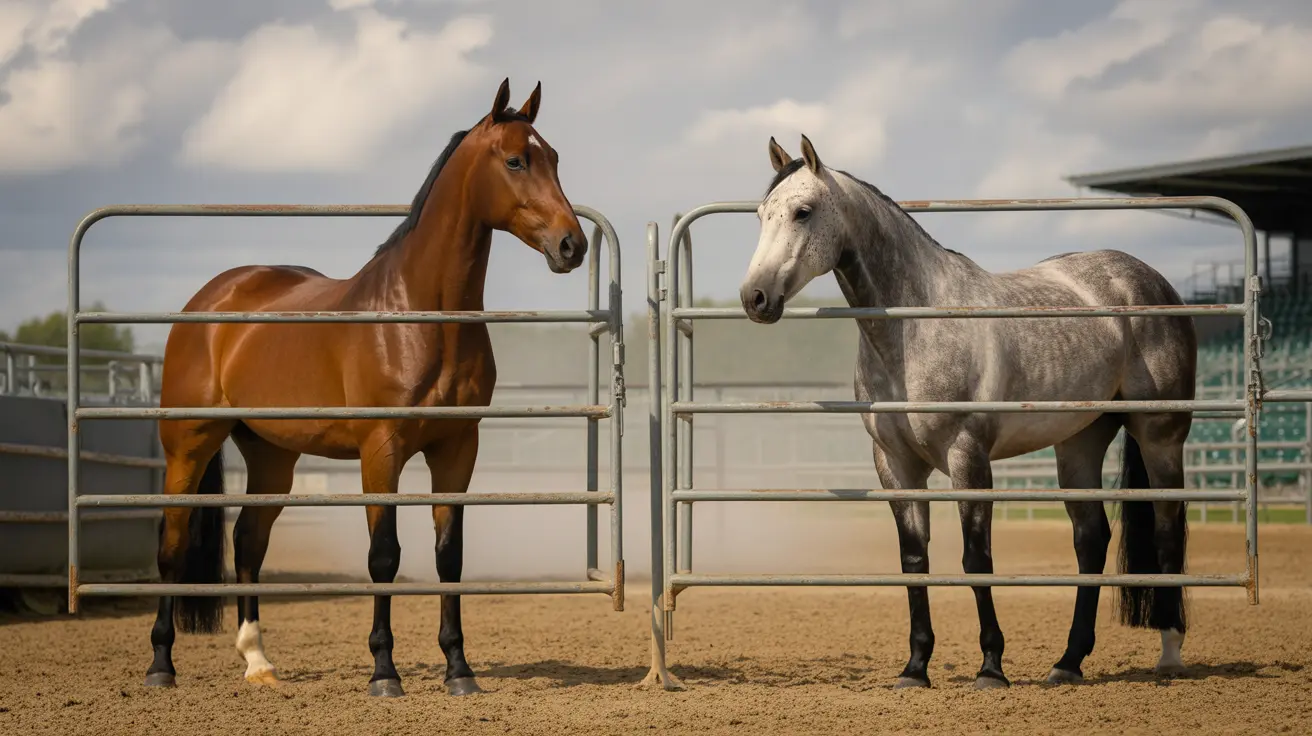How Much Quinoa Can a Dog Safely Eat?
As holistic pet nutrition becomes more popular, many dog owners are exploring alternative food options for their furry companions. One ingredient gaining increasing attention is quinoa, a gluten-free seed known for its nutrient-rich profile. But while quinoa is healthy for humans, pet parents often ask: how much quinoa can a dog have?
What is Quinoa and Why is it Beneficial for Dogs?
Quinoa is a seed that behaves like a grain during cooking. It’s packed with protein, fiber, essential amino acids, vitamins (such as B vitamins), and minerals including magnesium, potassium, iron, and phosphorus. It's a low-fat, low-calorie food often used in high-quality dog foods as a substitute for allergens like wheat and corn.
Here are the key benefits of quinoa for dogs:
- Complete protein source with all nine essential amino acids supporting muscle health and growth
- Rich in dietary fiber, aiding digestion and potentially regulating cholesterol and blood sugar levels
- High in antioxidants and fatty acids for a healthy coat and skin
- Low in fat and calories, suitable for dogs needing to manage weight
- Gluten-free option for dogs with grain sensitivities or allergies
Recommended Quinoa Serving Sizes for Dogs
Quinoa should never replace a full meal but can be used as an additive to a balanced diet. Here are general serving suggestions based on your dog’s weight:
- Extra-small dogs (2–20 lbs): up to 1 tablespoon of cooked quinoa per day
- Small dogs (21–30 lbs): 2–3 tablespoons daily
- Medium dogs (31–50 lbs): 1/4 cup daily
- Large dogs (51–90 lbs): 1/3 cup daily
- Extra-large dogs (90+ lbs): 1/2 cup daily
These portions should make up no more than 10% of your dog’s daily caloric intake. Quinoa should be used as a topper or mix-in with regular kibble or wet food and served only occasionally, not every day.
Preparation Tips: Cooking Quinoa for Dogs
To ensure quinoa is safe for dogs, it must be thoroughly rinsed before cooking. This step removes saponins, naturally occurring compounds that can irritate a dog’s digestive tract. Additionally:
- Always fully cook quinoa before serving
- Use plain water—do not add seasonings, salt, garlic, or onions
- Set aside your dog’s portion before combining quinoa with human ingredients
Start Slow: Monitoring and Allergic Reactions
When introducing any new food, including quinoa, begin with a small quantity. Observe your dog’s reaction over 24–48 hours. Watch for:
- Diarrhea or vomiting
- Itchy skin or allergic symptoms
- Lethargy or changes in behavior
If any adverse symptoms appear, discontinue quinoa immediately and consult a veterinarian.
When Quinoa May Not Be Suitable
Despite its benefits, there are cases where quinoa might not be ideal for your dog:
- Dogs with pancreatitis, kidney disease, or other chronic conditions may not tolerate new foods well
- Dogs with arthritis may need to avoid high-oxalate foods like quinoa, as oxalates can increase inflammation
- Picky or sensitive eaters may reject quinoa due to unfamiliar taste or texture
Storage and Safe Handling
Store cooked quinoa in an airtight container in the refrigerator for up to three days. For longer storage, you can freeze and thaw portions as needed.
Conclusion: Is Quinoa Right for Your Dog?
Quinoa, when prepared properly and served in suitable amounts, is a safe and nutritious addition to most dogs’ diets. It provides diversity and health benefits without compromising caloric goals. However, it’s crucial to introduce it gradually, use it only as a supplement to your dog's primary food, and consult your vet—especially if your dog has medical conditions or is on a prescription diet.
In the world of dog nutrition, moderation, awareness, and tailored choices go a long way. Quinoa can be part of a holistic, healthful diet for your dog—just remember to serve it smartly and simply.





